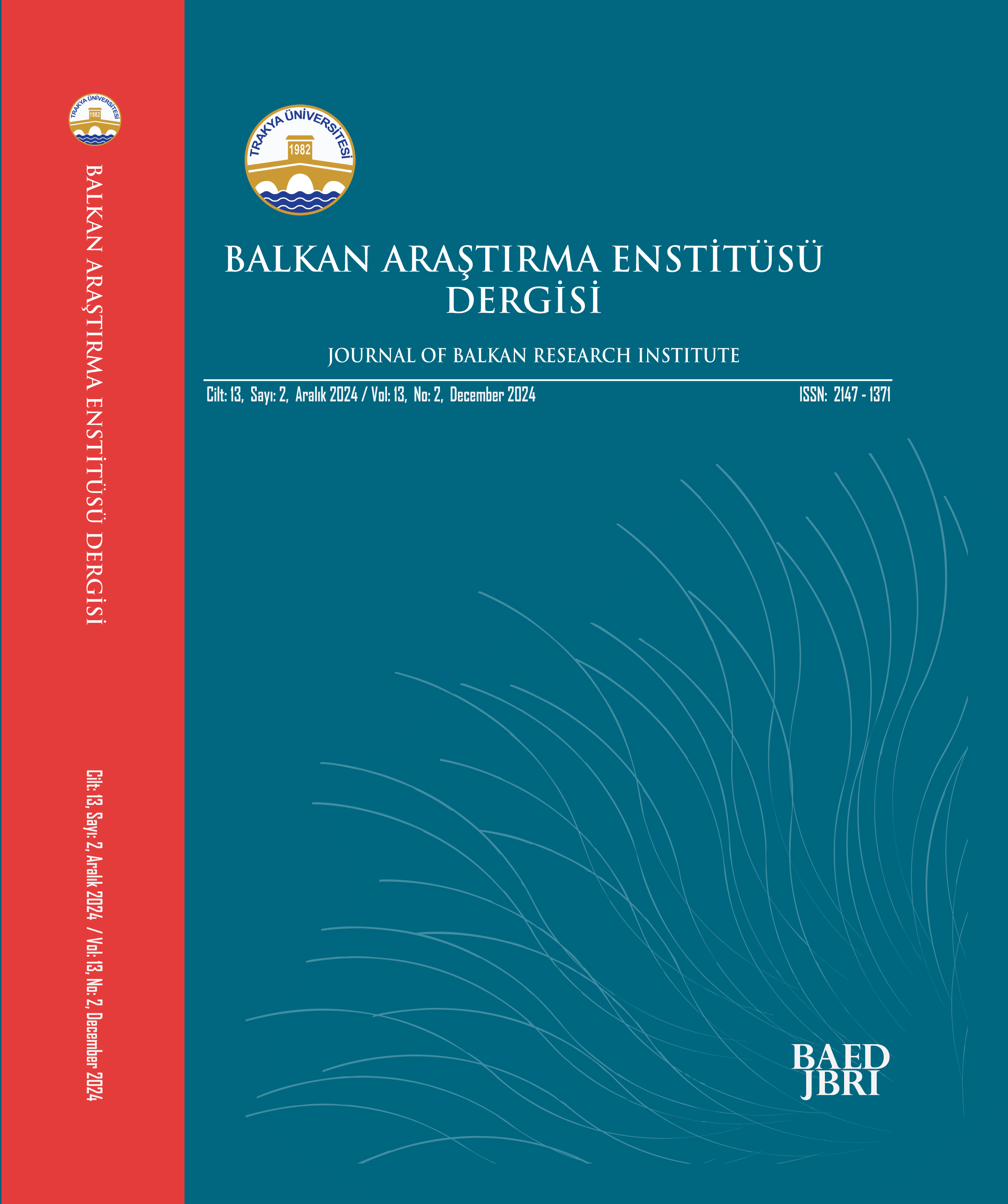CASH WAQF DIFFERENCES IN BALKAN CITIES, 1809-1917:
A COMPARISON OF SOCIOECONOMIC STRUCTURES
CASH WAQF DIFFERENCES IN BALKAN CITIES, 1809-1917:
A COMPARISON OF SOCIOECONOMIC STRUCTURES
Author(s): Bora AltaySubject(s): History, Economic history, The Ottoman Empire
Published by: Trakya Üniversitesi Balkan Araştırma Enstitüsü
Keywords: The Ottoman Empire; Cash Waqfs; Balkans; Capital; Regional Disparities;
Summary/Abstract: The primary purpose of this study is to examine the socioeconomic characteristics of cash waqfs and their disparities in the Ottoman Empire, from the early nineteenth century to the early twentieth century. This study focuses on the capital levels of cash waqfs from seven cities in the Balkans and how they differ across various cities. This study also delves into the services provided by cash waqfs and the debates surrounding their primary functions. The data comes from cash waqf deeds, which allows for an in-depth examination of capital levels, services, and socioeconomic characteristics. This study sheds lights on disparities in the formation of cash waqfs across different regions by considering the effects of political and economic changes, particularly the socioeconomic backgrounds of founders and levels of capital. The findings suggest that socioeconomic and political factors play a significant role in the establishment of different types of cash waqfs in various regions.
Journal: Balkan Araştırma Enstitüsü Dergisi -Trakya Üniversitesi
- Issue Year: 13/2024
- Issue No: 2
- Page Range: 345-376
- Page Count: 32
- Language: English

